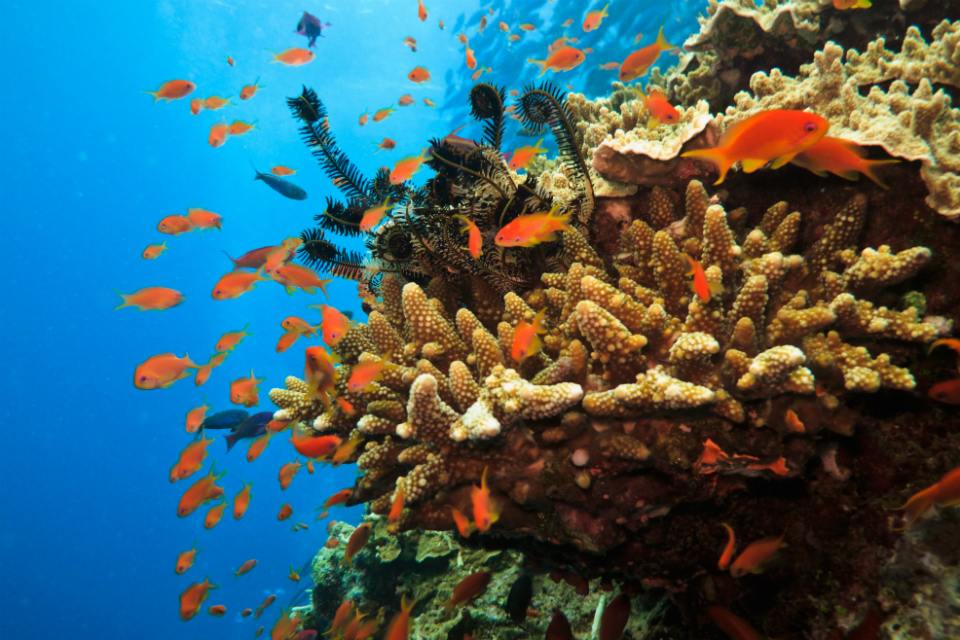
Something that many individuals have hardly any insight into corals is that they are creatures of the invertebrate classification, which is associated with a huge gathering of brilliant and astounding creatures known as Cnidaria. Sea anemones and jellyfish are an additional member of this group that can be found in the rock pools and on the beaches. You should also be aware that cnidarians come in a wide range of sizes, shapes, and colours. In addition, they all have distinct characteristics that are similar to one another, such as a plain stomach, a single mouth, and tentacles that sting. What’s more, albeit the single coral creature is known as a “polyp,” there are a few who live in gatherings of around thousand indistinguishable polyps, which structure a province.

Budding and Formation of Corals –
Besides that, coral is one such animal species that you can buy. Also, you get various kinds of coral jewels too, Buy Coral Online. After that, the actual polyp grows and reproduces itself through a process known as budding, which results in the formation of the coral colony. Corals fall into one of two categories. The hard coral and the soft coral are the same thing. There are also hard corals, which are the species that build reefs and number around more than 700. The soft corals, which are also known as sea feathers, sea fans, and sea whips, don’t have a calcareous skeleton that looks like a rock like other corals do; Instead, they develop within a core that serves as support and protection, resembling wood. Colonies of soft corals, which frequently resemble brightly coloured trees or plants, are found in the ocean. Because of their eight tentacles and distinctive feathery appearance, polyps are easy to distinguish from hard corals.
Growth and Protection of Corals –
Soft and hard corals can be found in oceans from the south and north equator poles, primarily in caves and ledges. They do this to catch food that is typical of these locations and is floating in the currents by hanging down. Let’s examine coral reefs. Hard corals get a lot of calcium from the seawater around them. This calcium is used to build a hard structure for growth and protection. Coral reefs are made up of millions of tiny polyps forming a large carbonate structure. They are also one of the bases for a framework and a home for thousands of other species. Coral reefs are the only living thing that can be seen from space and the largest organism or structure on the planet.
Existence of Corals –
Additionally, it is important for people to be aware of the fact that coral reefs have existed on Earth for the past more than 290 million years. Throughout this time, the majority of the unique skins of corals have evolved in a highly evolved form of symbiosis. This connection between coral polyps and a single, small plant called zooxanthellae has been established. These microscopic single-celled algae, which share space and exchange gas and nutrients for survival, are found within the tissues of every coral polyp. This beneficial interaction that is there between the plant and creature adds to the splendid shades of coral, which should be visible while plunging on a reef.












